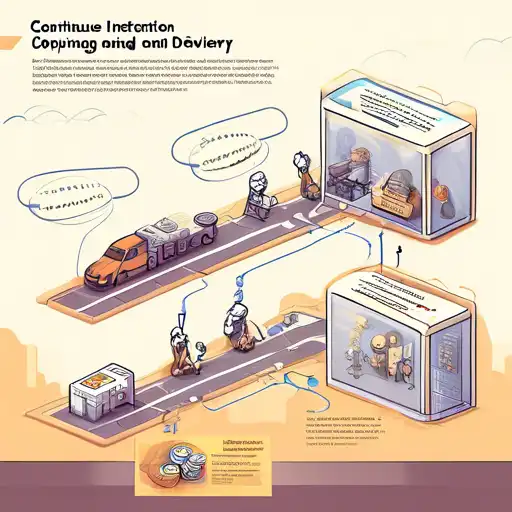What is Continuous Integration and Delivery?
Continuous Integration (CI) and Continuous Delivery (CD) are fundamental practices in modern software development, aimed at improving the efficiency and reliability of software releases. CI/CD automates the integration of code changes from multiple contributors into a single software project, ensuring that the software can be reliably released at any time.
The Benefits of CI/CD
Implementing CI/CD pipelines offers numerous benefits, including faster release cycles, higher quality software, and reduced risks associated with manual processes. By automating testing and deployment, teams can focus on innovation rather than fixing integration issues.
Key Components of CI/CD
- Version Control System: A system like Git is essential for managing code changes.
- Automated Testing: Ensures that every change is verified before integration.
- Build Automation: Compiles code into executable artifacts automatically.
- Deployment Automation: Facilitates the seamless delivery of applications to production environments.
How to Implement CI/CD in Your Projects
Getting started with CI/CD requires a strategic approach. Begin by setting up a version control system, then integrate automated testing and build processes. Tools like Jenkins, Travis CI, and CircleCI can help automate these steps.
Best Practices for CI/CD
- Commit code changes frequently to avoid integration conflicts.
- Run automated tests on every commit to detect issues early.
- Monitor the CI/CD pipeline to identify and resolve bottlenecks.
- Ensure that the deployment process is repeatable and reliable.
Challenges and Solutions in CI/CD
While CI/CD offers significant advantages, teams may face challenges such as flaky tests, infrastructure complexity, and cultural resistance. Addressing these challenges requires a combination of technical solutions and team collaboration.
Overcoming Common CI/CD Challenges
- Invest in reliable test suites to minimize flaky tests.
- Use containerization and infrastructure as code to manage environments consistently.
- Foster a culture of continuous improvement and learning within the team.
By understanding and implementing CI/CD practices, teams can achieve faster, more reliable software delivery. For more insights into DevOps practices, explore our latest trends in DevOps.
